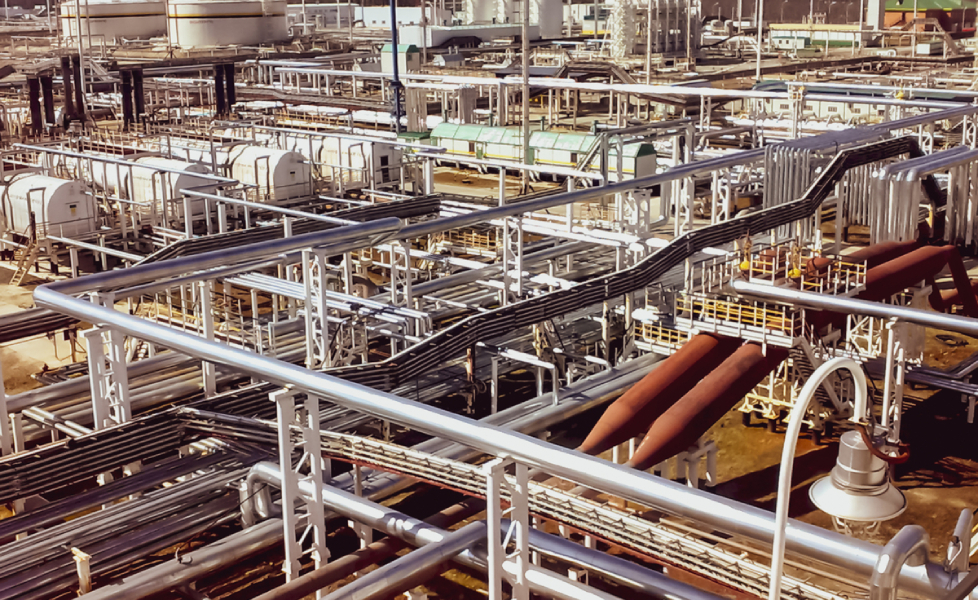Natural gas gathering and processing is a crucial step in the production and transportation of natural gas from its source to end consumers.
Compressors are indispensable in natural gas gathering and processing, serving to enhance gas pressure for seamless pipeline transportation. Their primary role lies in overcoming frictional resistance and elevational disparities, ensuring a consistent and efficient gas flow. Three common types include reciprocating, centrifugal, and rotary screw compressors, each offering distinct advantages. Reciprocating compressors excel in handling fluctuating flow rates, while centrifugal counterparts are adept at managing high-volume gas streams with efficiency. Meanwhile, rotary screw compressors offer reliability and continuous operation, making them suitable for various operational scenarios.
Beyond merely boosting pressure, compressors also contribute to gas quality by purging impurities and moisture, ensuring compliance with safety and regulatory standards. Maintaining these compressors is critical for sustained performance and system integrity. Regular inspection, servicing, and monitoring are essential practices to prevent downtime, minimize operational disruptions, and optimize overall efficiency in natural gas gathering and processing operations.
| The Process
Exploration & Production
Natural gas is typically found underground in reservoirs alongside oil deposits or in standalone formations. It is extracted using drilling techniques, and once a productive well is established, the gas, along with other fluids like oil and water, is brought to the surface.
Gathering
In the gathering phase, the extracted natural gas is collected from multiple wells in a specific geographic area. This phase often involves the construction of pipelines and infrastructure to transport the gas to a central processing facility.
Processing
Once gathered, the raw natural gas goes through a processing plant to remove impurities and separate different components. Key processes in natural gas processing include:
Separation
Gas, oil, and water are separated, and any contaminants are removed.
Dehydration
Water vapor is removed from the gas to prevent pipeline corrosion.
Sweetening
Hydrogen sulfide (H2S) and carbon dioxide (CO2) are removed to meet safety and environmental standards.
Fractionation
The gas is separated into various components, including methane (CH4), ethane (C2H6), propane (C3H8), butane (C4H10), and natural gas liquids (NGLs).
Transmission
Processed natural gas is transported through a network of high-pressure pipelines over long distances, often to distribution centers or other facilities.
Distribution
At distribution centers, the gas pressure is reduced, and it is further processed to meet the specific requirements of end-users, such as residential, commercial, or industrial customers.
End-Use
Natural gas is utilized for various applications, including heating, electricity generation, industrial processes, and as a fuel for vehicles.

Renewable energy is a critical component of the transition to a more sustainable and carbon-neutral energy system. As technology continues to advance and economies of scale are realized, the role of renewables in the global energy mix is expected to grow significantly.
